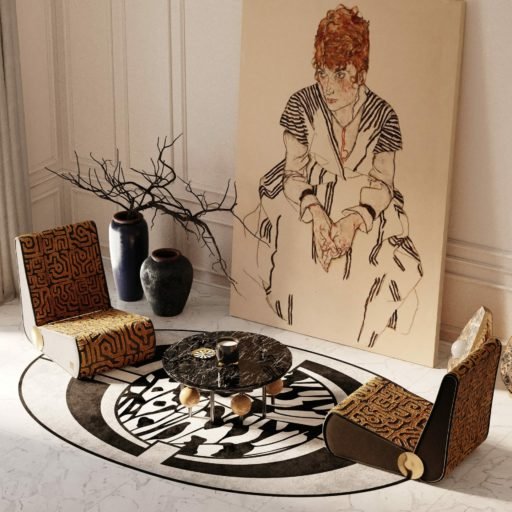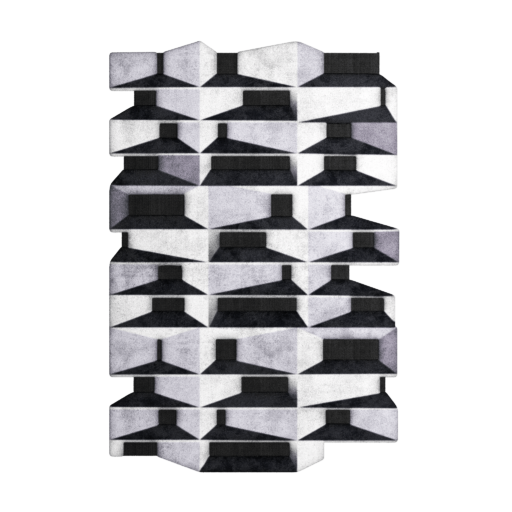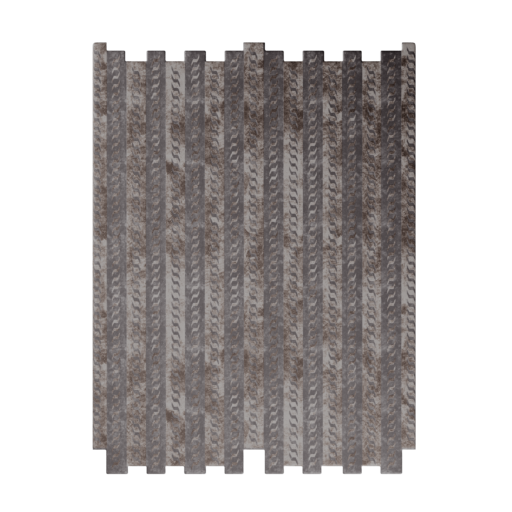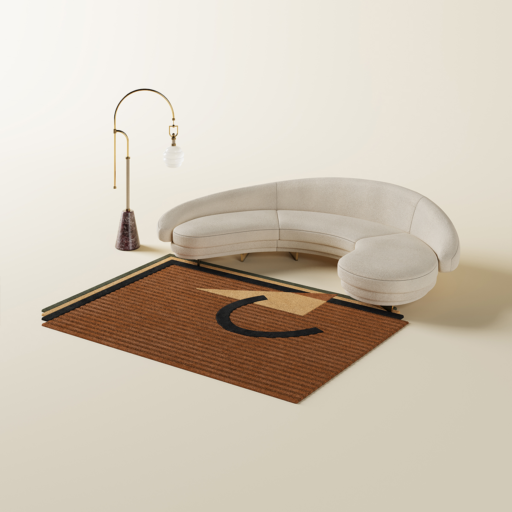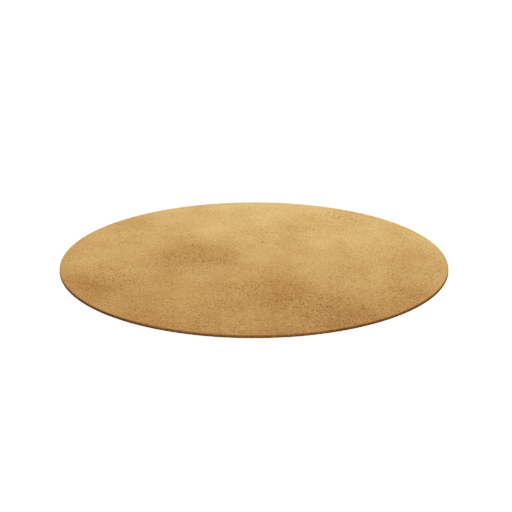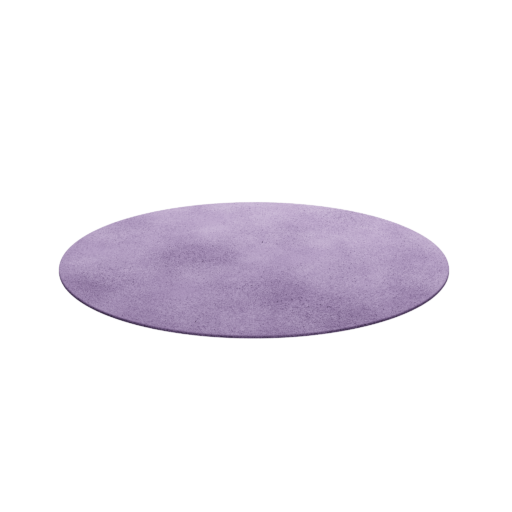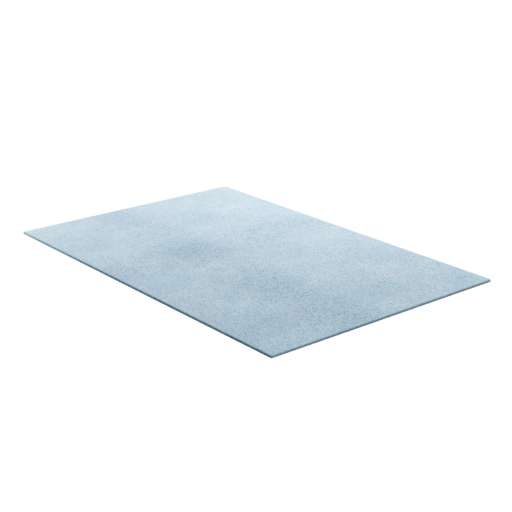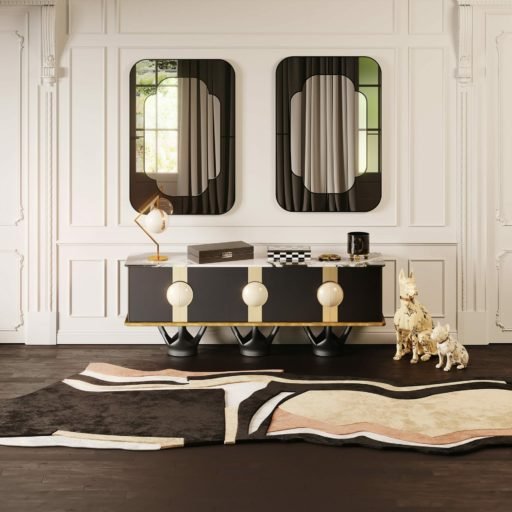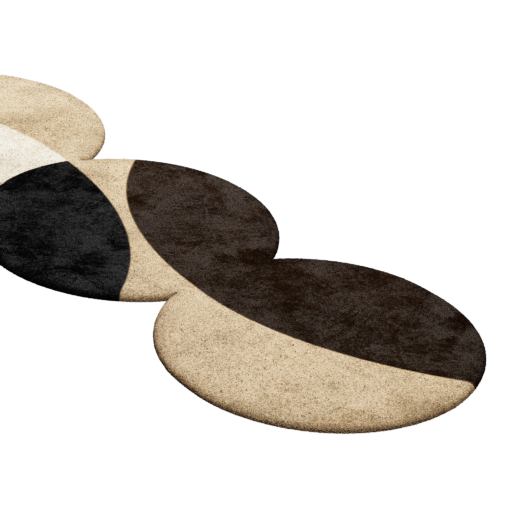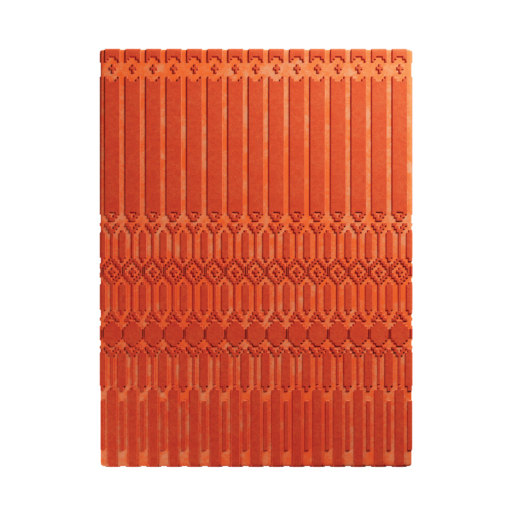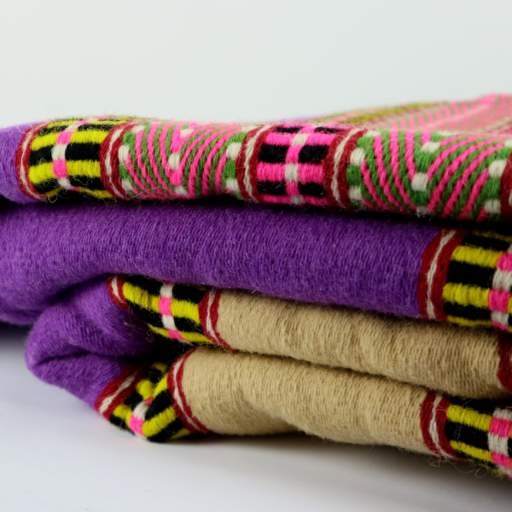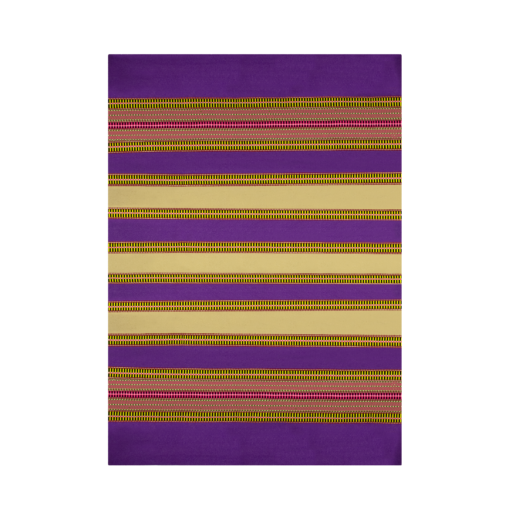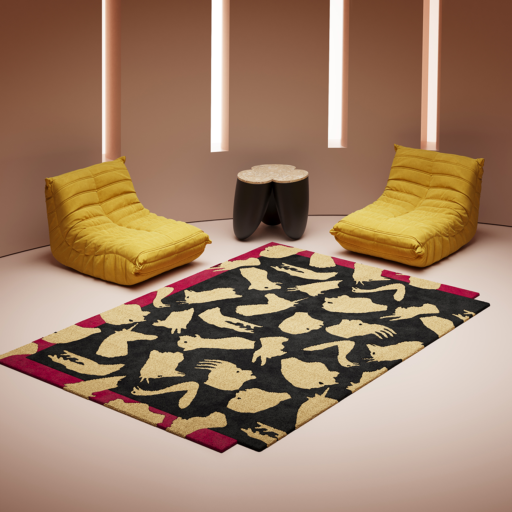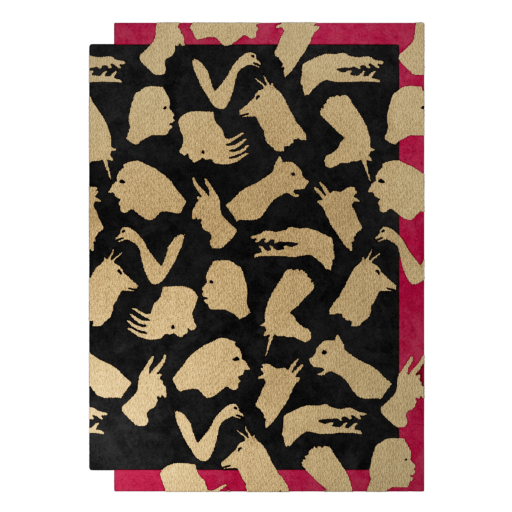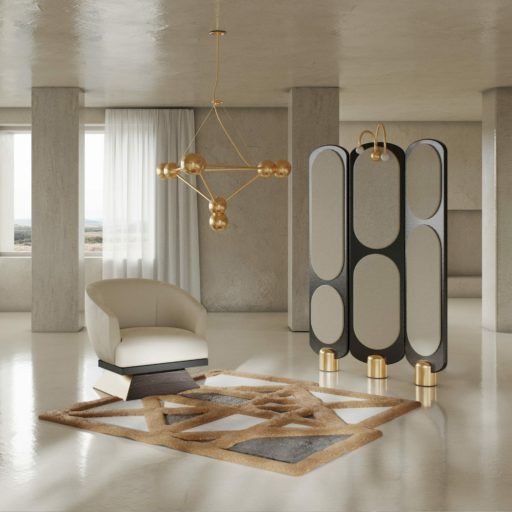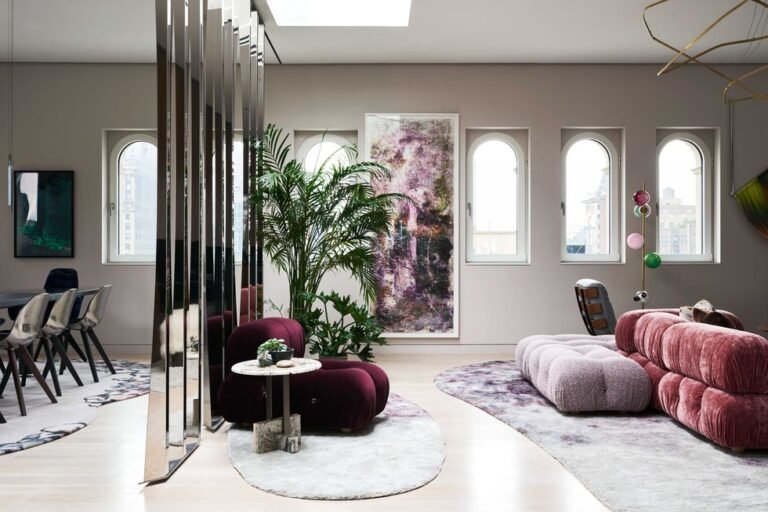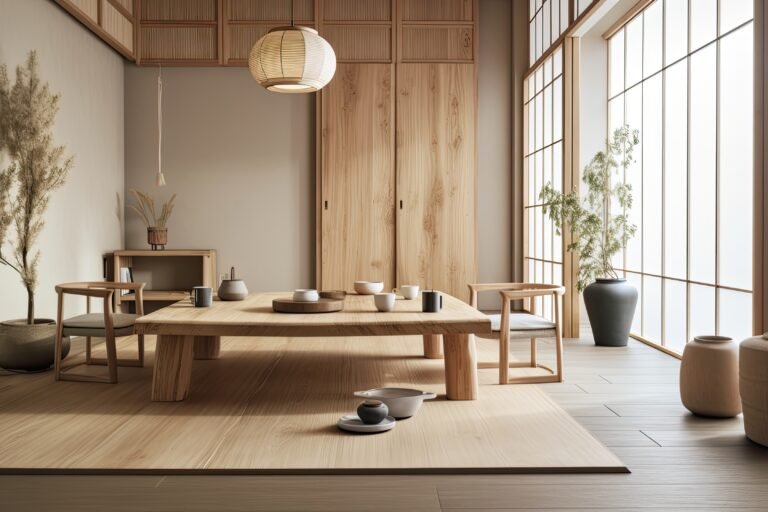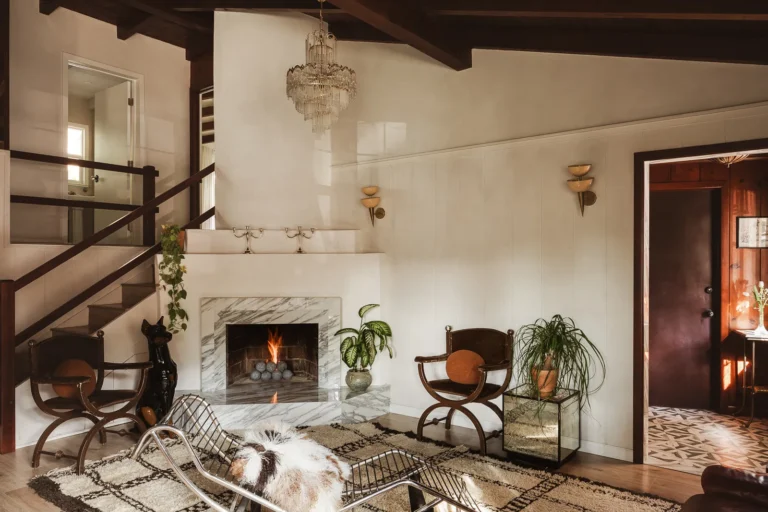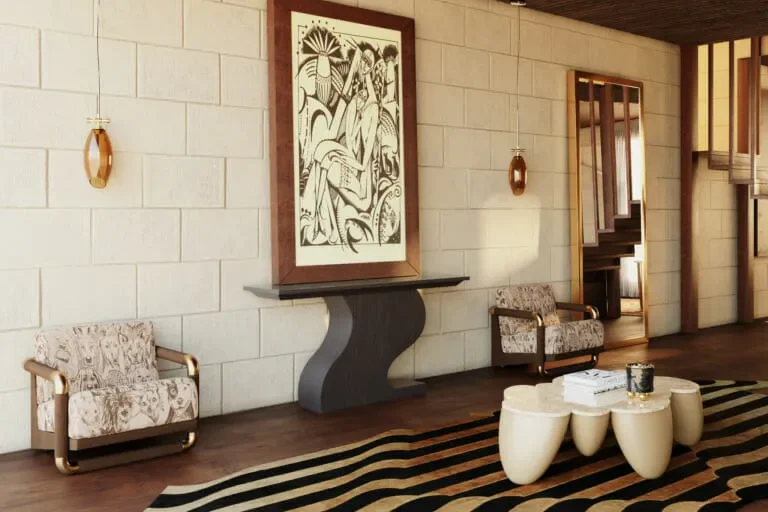Master the art of rug placement and transform your home with expert tips on choosing the perfect size, style, and placement for every room.
Rugs are more than just floor coverings, they are design elements that can tie a room together, add warmth, and enhance the overall aesthetic of your living space. However, choosing the right one and placing it correctly can be a daunting task. In this comprehensive guide, we’ll explore the art of rug placement in different areas of your home, from the living room to the bedroom and beyond.
Living Room
The living room is often the heart of the home, where family and guests gather for relaxation and entertainment. When it comes to placing a rug in the living room, there are several factors to consider. First, determine the size based on the dimensions of your seating area. A common mistake is choosing one that is too small, which can make the room feel disjointed. Ideally, it should be large enough to fit all the furniture in the seating area, with at least a few inches of space between the edges of the rug and the walls.
Once you’ve selected the right size, consider the placement. In most living rooms, placing it in the center of the seating area works well, with the front legs of the sofa and chairs resting on the rug. This helps anchor the furniture and creates a cohesive look. However, if you have a large living room with multiple seating areas, you can use multiple rugs to define each space while maintaining visual continuity.


Dining Room
In the dining room, the rug serves both a practical and aesthetic purpose. It protects the floor from scratches and spills while adding texture and visual interest to the space. For the dining room, opt for a size that allows ample room for chairs to be pulled out from the table without catching on the edges. A good rule of thumb is to select one that extends at least 24 inches beyond the edges of the table on all sides.
Next step is the placement. Center the rug under the dining table, ensuring that it is positioned evenly and that there is an equal amount of rug visible on all sides of the table. This creates a balanced look and helps define the dining area within the larger room.


Bedroom
In the bedroom, a rug can add softness underfoot and create a cozy atmosphere. When selecting it for the bedroom, consider the size and layout of the room, as well as the placement of furniture. For a small bedroom, a runner rug placed along one side of the bed can add warmth without overwhelming the space. In larger bedrooms, a large area one placed under the bed can anchor the room and create a focal point.
When placing it in the bedroom, consider the position of the bed and other furniture. A common approach is to place it so that it extends several feet beyond the foot of the bed, allowing for a soft landing when getting in and out of bed. Alternatively, you can place the rug partially under the bed, with the majority of the rug visible at the foot of the bed.


Kids Bedroom or Playroom
For a kid’s bedroom or playroom, choosing the right rug is crucial to create a safe, comfortable, and playful environment. When selecting it for these spaces, prioritize durability and ease of cleaning, as these areas often see a lot of activity and spills. Opt for rugs made from sturdy materials like wool or synthetic fibers that can withstand frequent use and cleaning.
In terms of design, vibrant colors, playful patterns, and themed ones can stimulate creativity and imagination. Think about shapes, animals, numbers, or alphabet letters to make learning fun. Alternatively, choose it in your child’s favorite colors or characters to personalize the space and make it inviting.
In terms of placement, place the rug in the center of the room to provide a soft area for play. Ensure that the rug is large enough to accommodate activities like playing with toys or reading books comfortably.


Hallways and Entryways
Hallways and entryways are high-traffic areas that can benefit from the addition of a rug. In these spaces, a runner rug can add warmth and color while protecting the floor from wear and tear. When choosing it for a hallway or entryway, opt for a durable material that can withstand heavy foot traffic.
When placing it in a hallway, center it to create a symmetrical look and allow for equal spacing on either side. In entryways, position the rug so that it extends beyond the door swing to prevent it from getting caught when the door is opened or closed.


Outdoor Spaces
Rugs aren’t just for indoor use, they can also enhance outdoor living spaces such as patios, decks, and porches. When placing it in an outdoor space, consider the size and layout of the area. A large one can define a seating area and create a cohesive look, while smaller ones can be used to add color and texture to specific areas, such as under a dining table or seating arrangement.


Placing a rug may seem like a simple task, but it requires careful consideration of factors such as size, placement, and function. By following the guidelines outlined in this guide, you can ensure that your rugs not only look great but also enhance the comfort and functionality of every room in your home. Whether you’re decorating a living room, dining room, bedroom, hallway, or outdoor space, the right rug can make all the difference. If you enjoyed this article, make sure to check our other about A Rug Guide For Neutral Shades!

